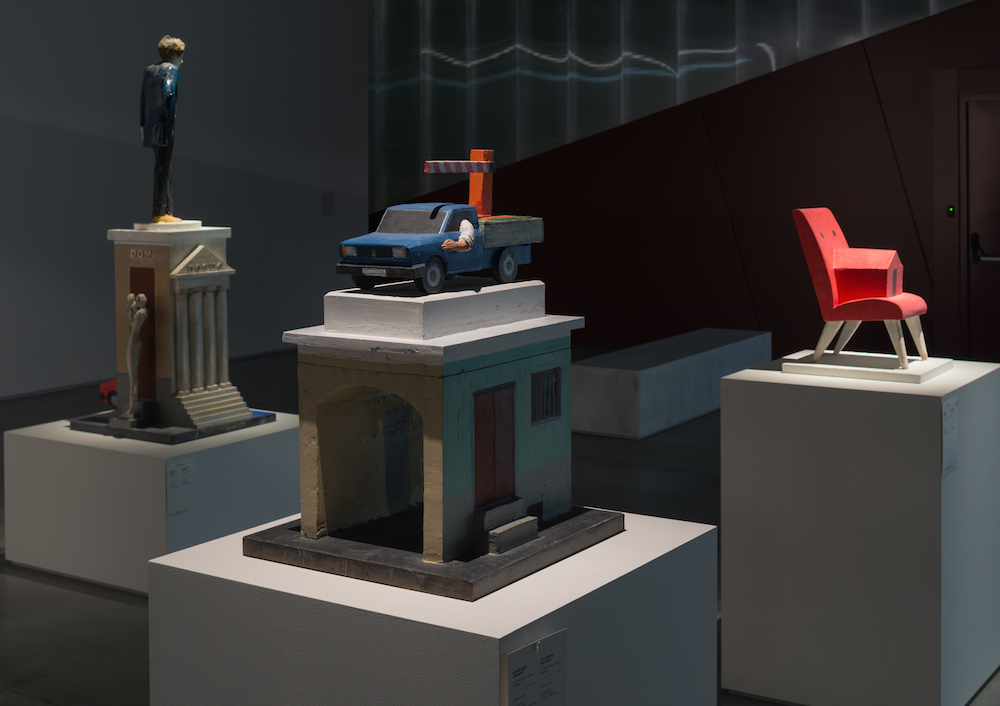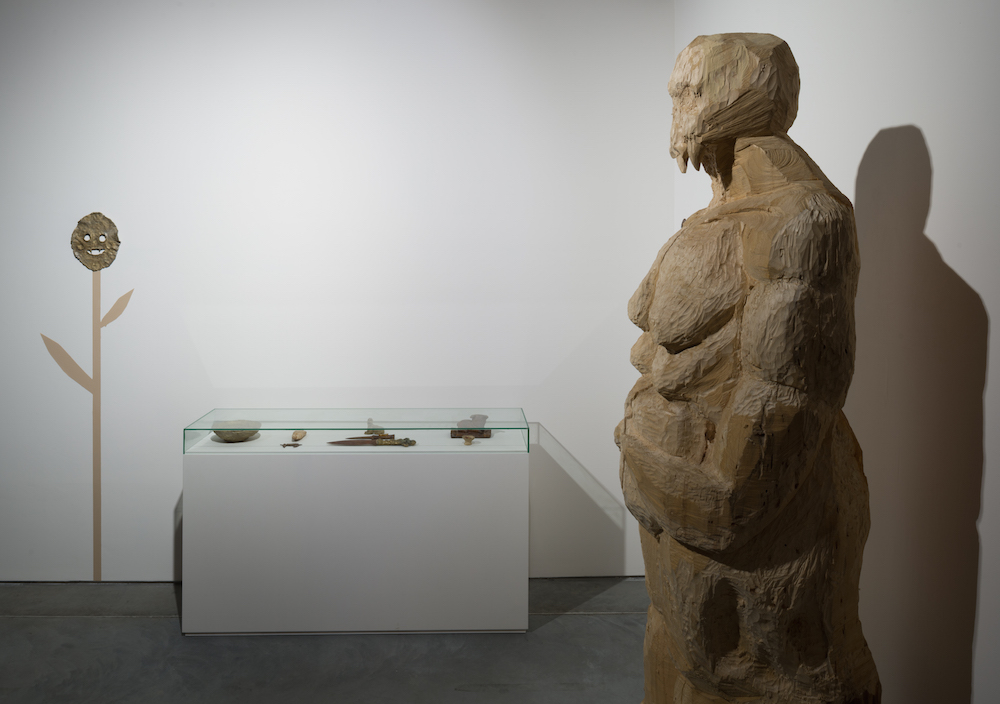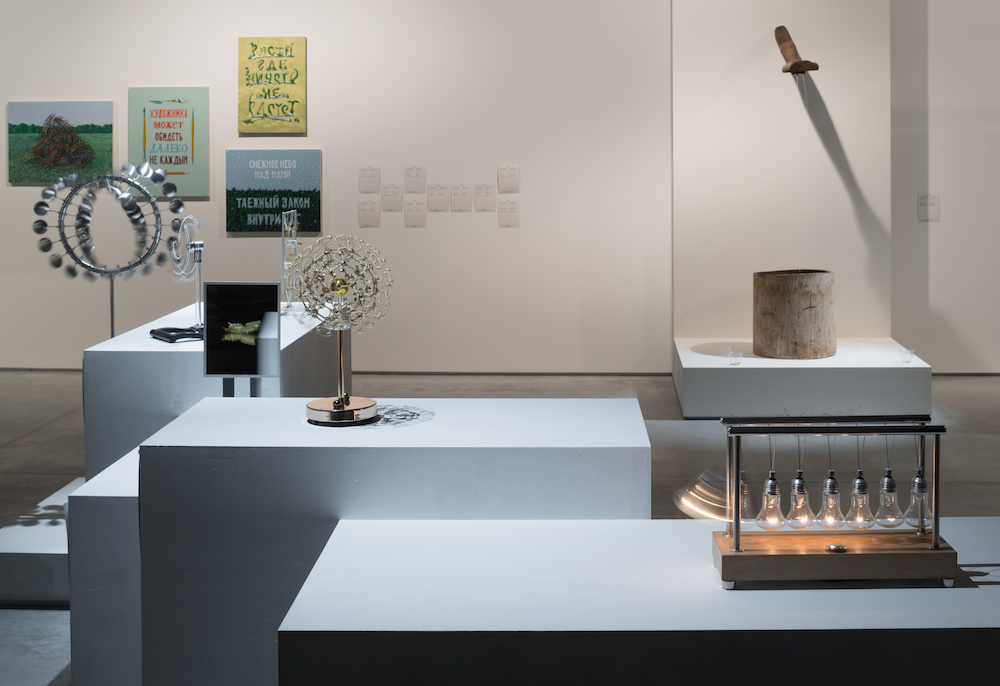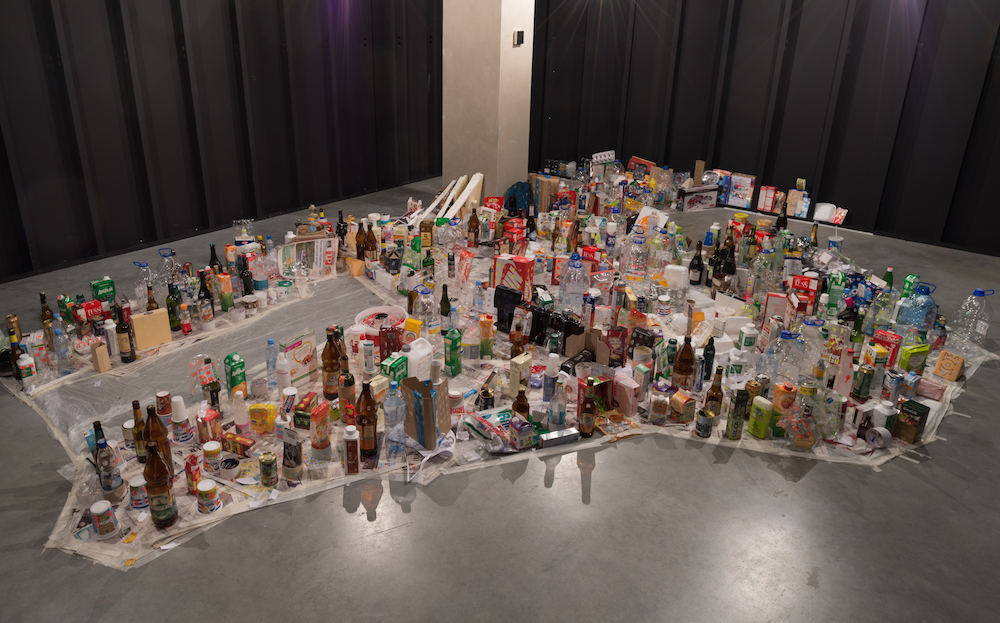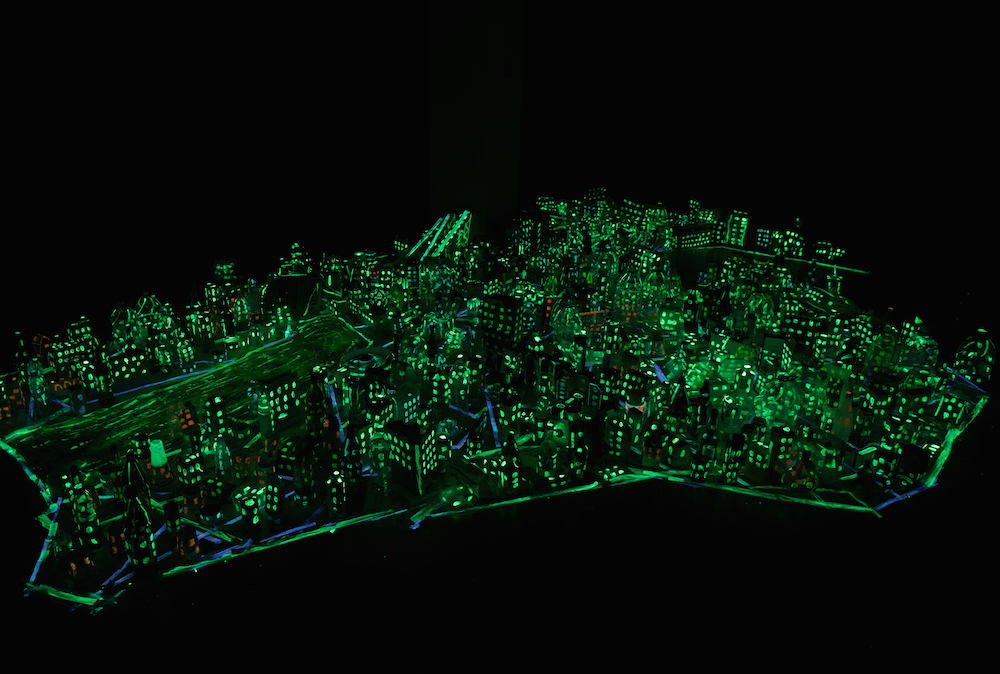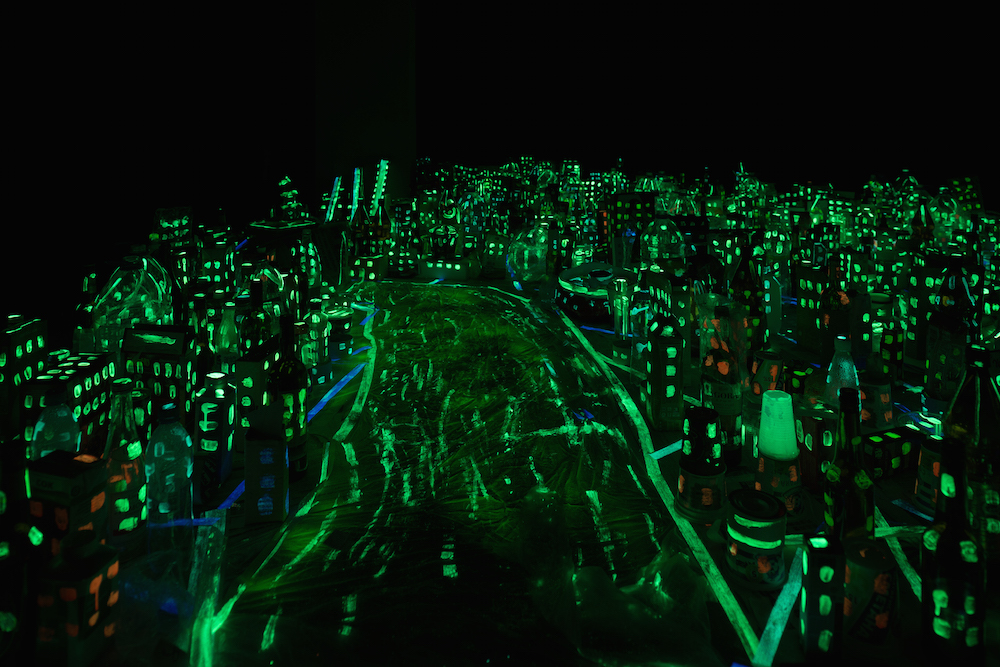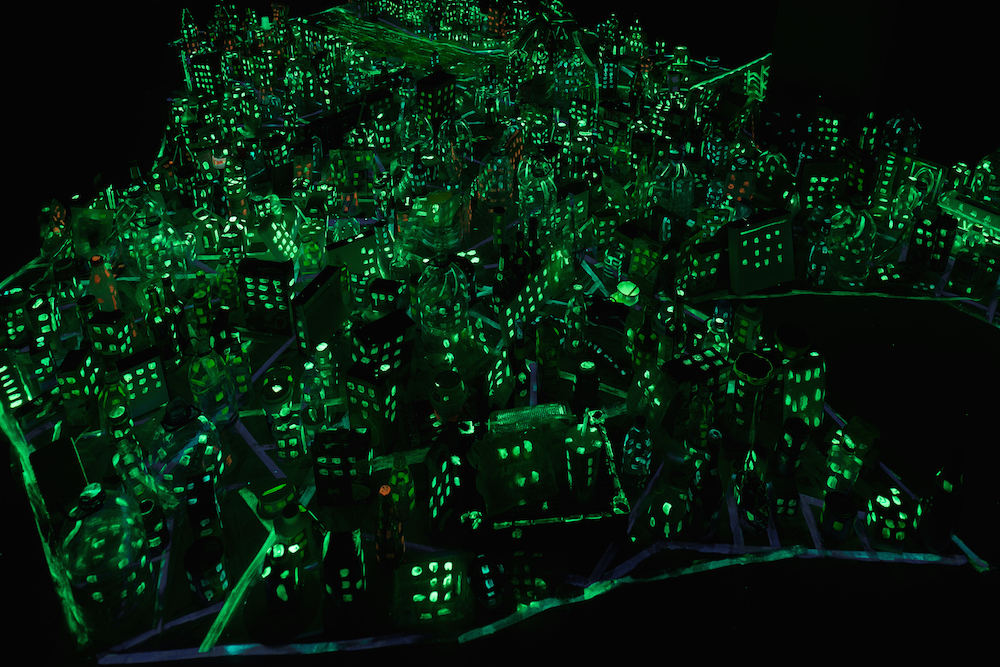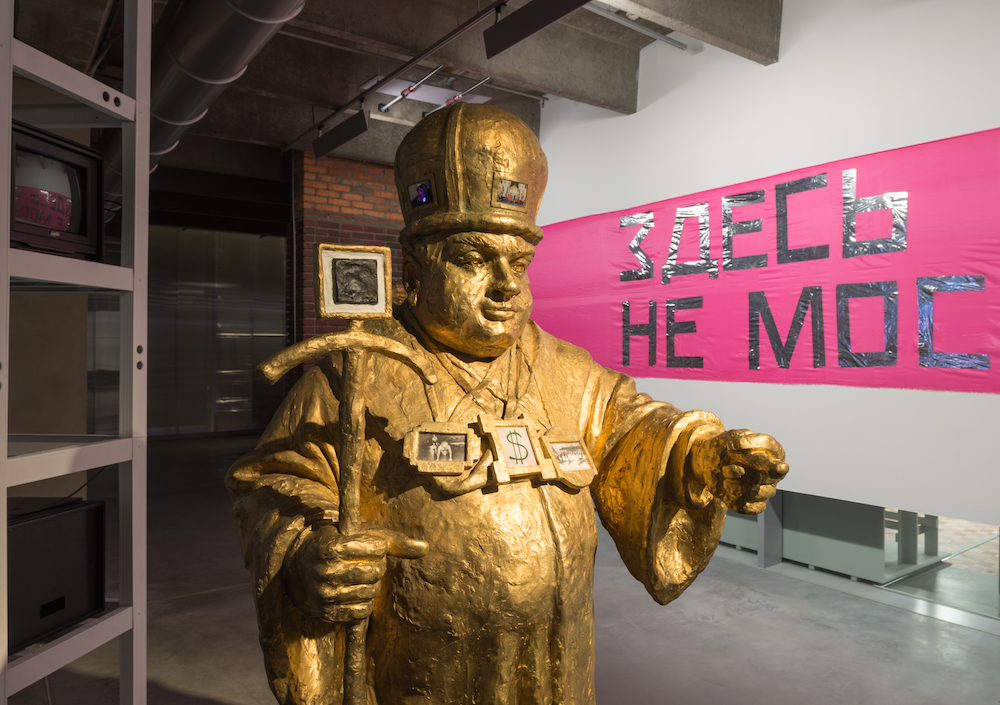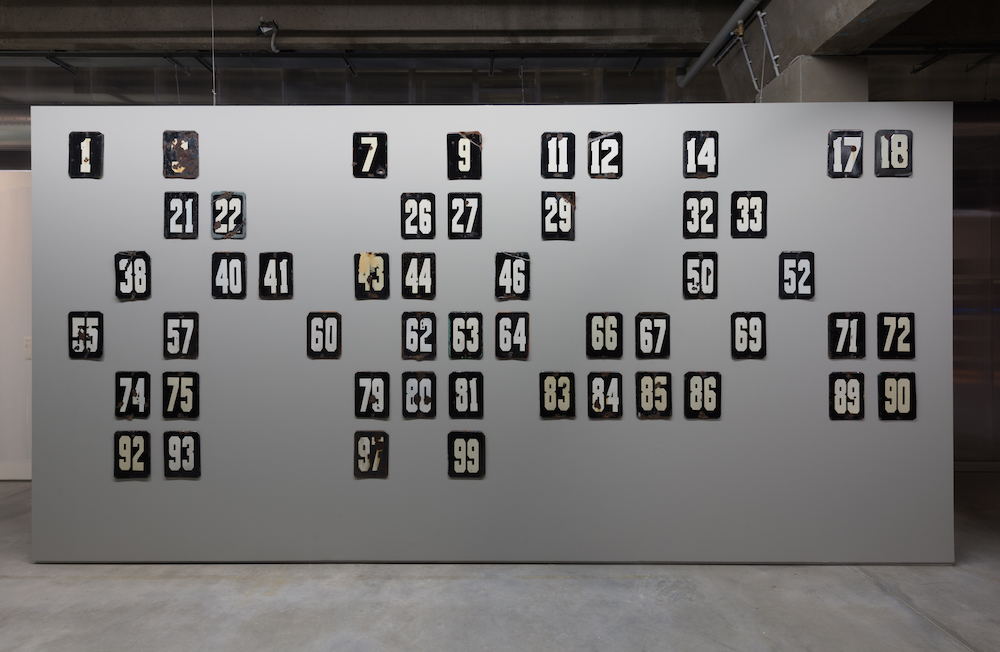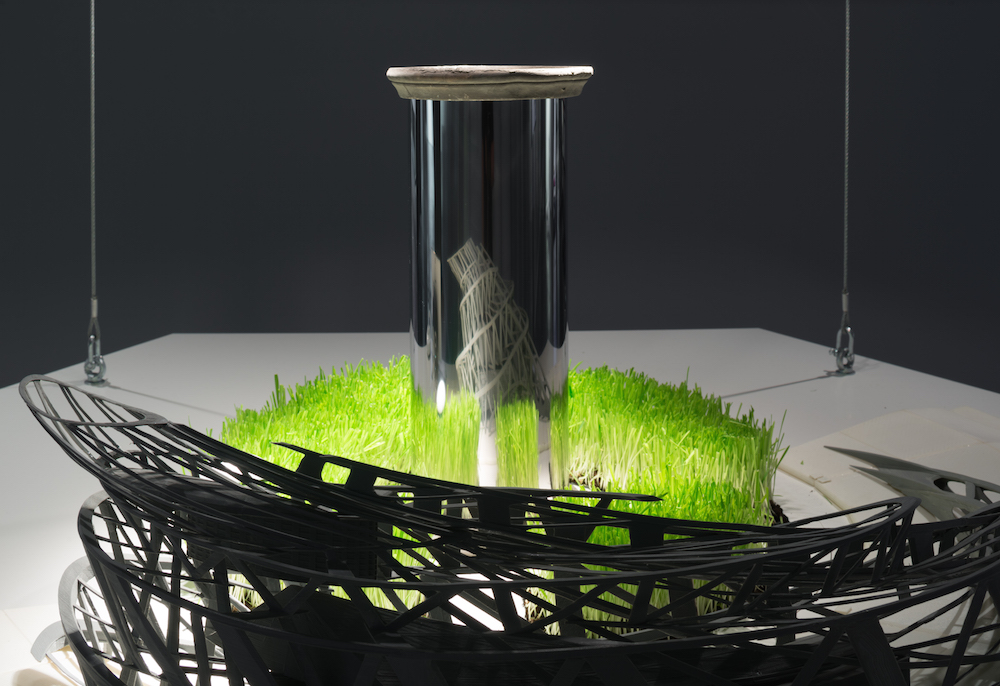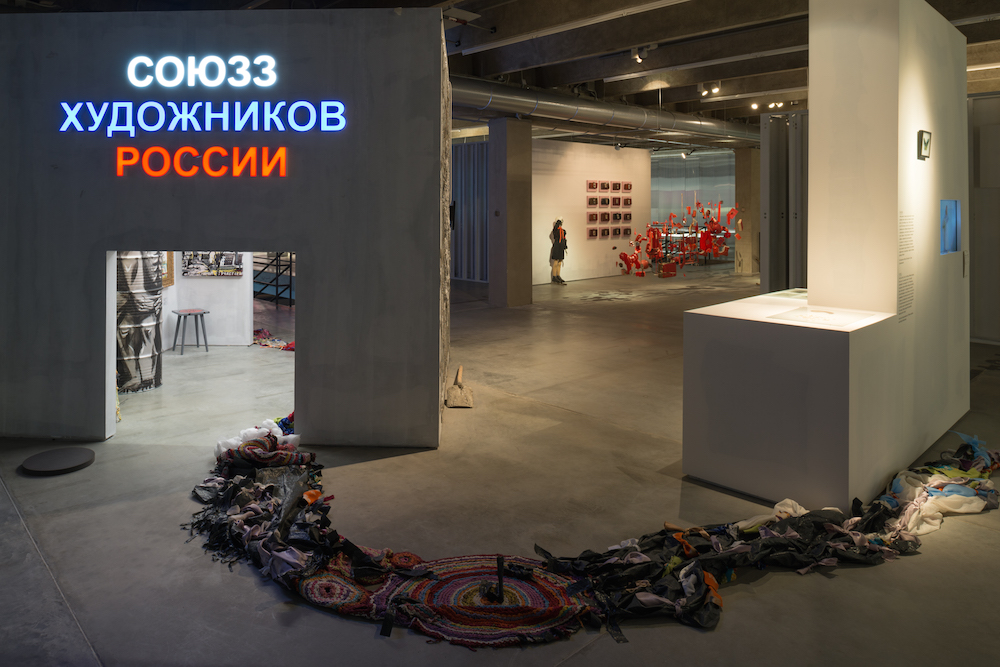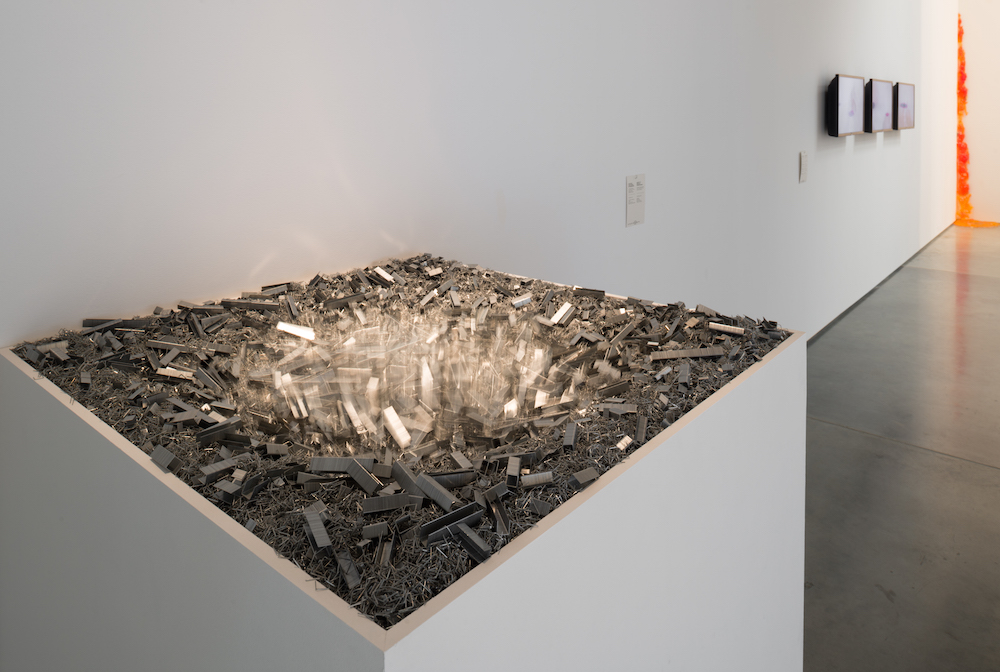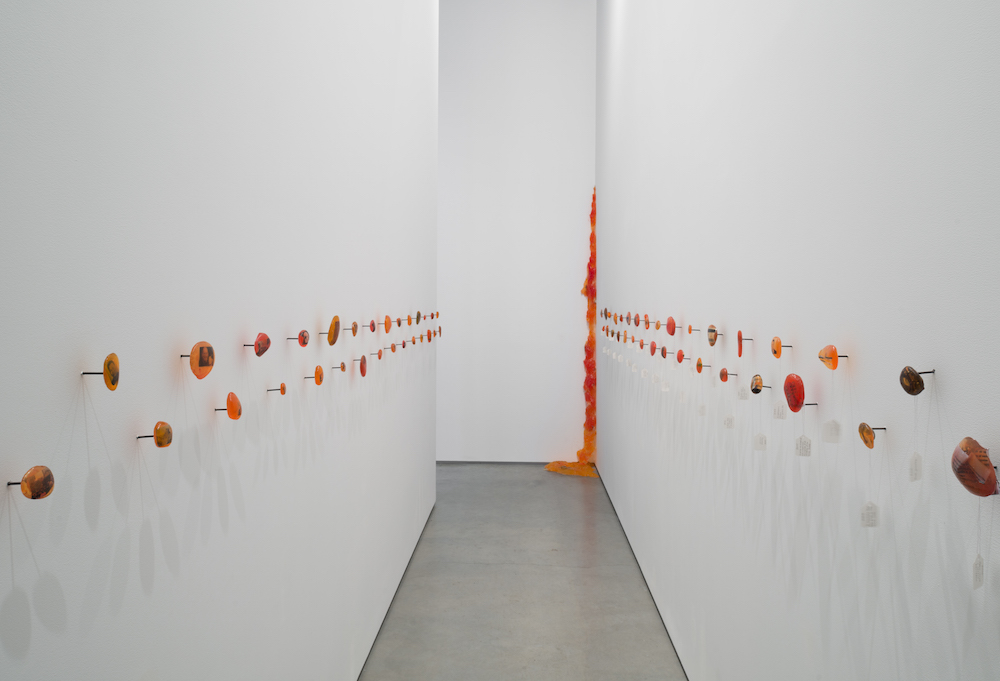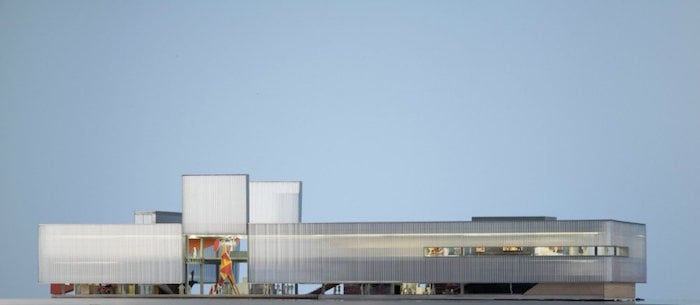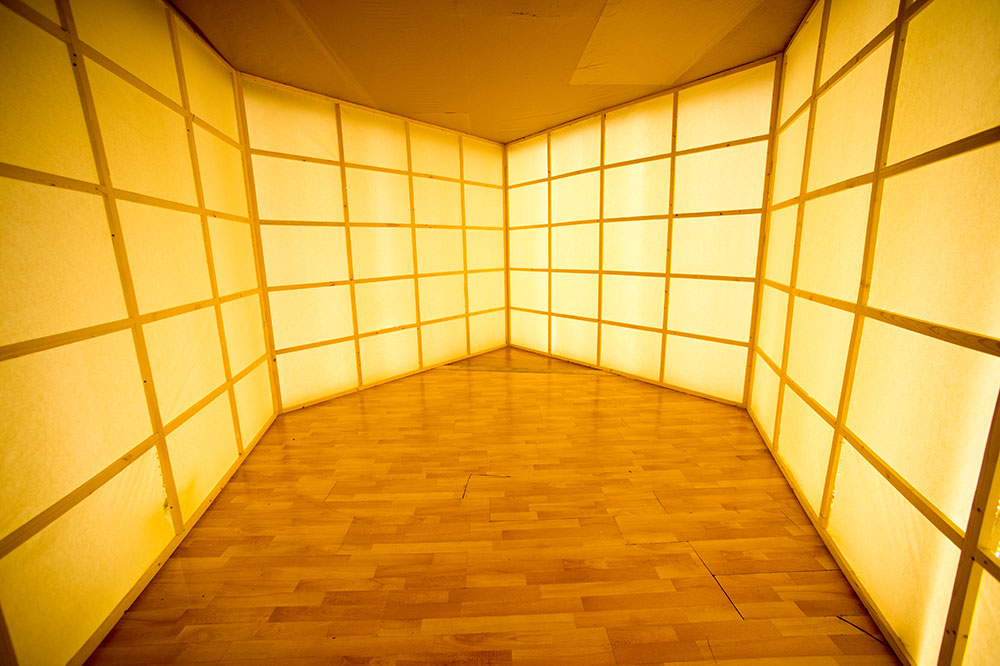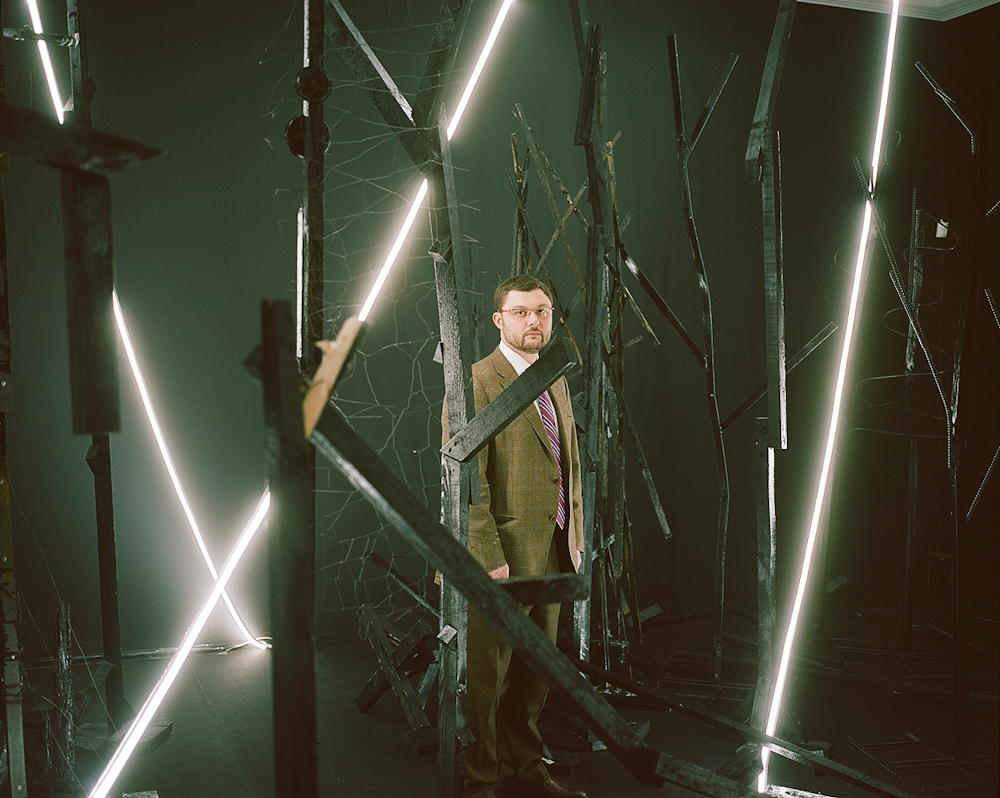Garage Triennial: does Moscow’s new contemporary art showpiece represent the “real” Russia?
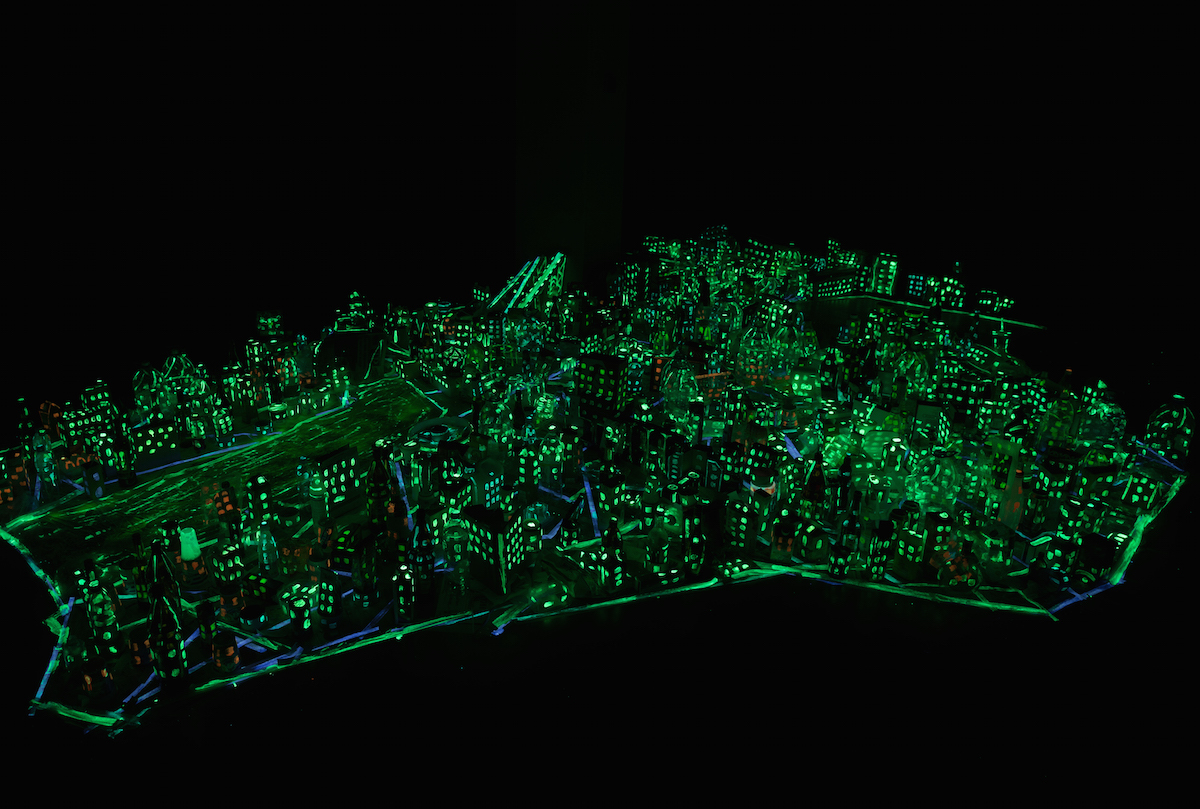
Russia's new triennial, currently ongoing at the Garage Museum in Moscow, claims to be representative of the nation as a whole. Elena Ishchenko argues that the exhibition simply proves that the capital still holds sway when it comes to contemporary art
The first Garage Triennial of Russian Contemporary Art (10 March – 14 May) has already become the most talked about cultural event in the country. Aiming to “reveal the scope of art practices in the country today”, a curatorial team including researchers from the Garage Museum of Contemporary Art, led by chief Garage curator and Triennial commissioner Kate Fowle, visited artists in over 30 cities. The outcome of this huge survey is the current exhibition in the Garage Museum and nearby Gorky Park, which displays works by 68 artists.
It sounds impressive, but the show doesn’t fulfill certain of its ambitions. The seven strands identified by the curators to organise the exhibition (and provide a narrative on contemporary Russian art) — Master Figure, Art in Action, Fidelity to Place, Personal Mythologies, Common Language, Local Histories of Art and Street Morphology — do not always work as intended and in some cases even diminish the art works at hand.
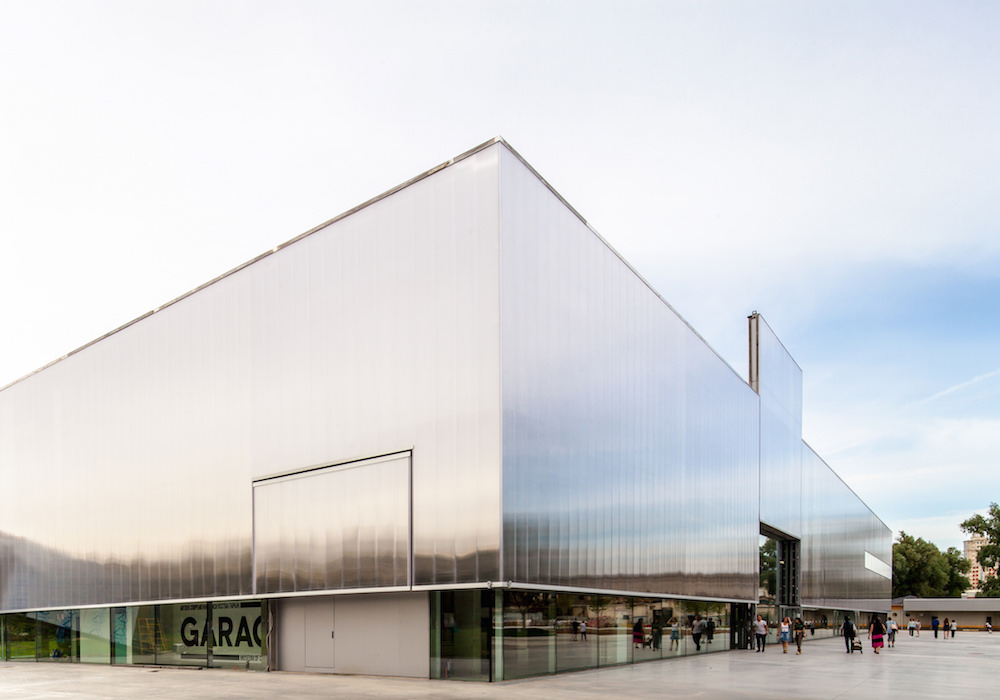
The pieces featured in the Personal Mythologies section, for instance, seem less like artworks and more like the gimmicks of a mad master in his studio-cell: from sculptures on the themes of work and leisure by one of the pivotal figures of the Moscow art scene, Aleksandr Povzner, to kinetic objects by Mikhail Smaglyuk and Nikolai Panafidin and Evgeny Antufiev’s wood and bronze models. Grouped together, these recall “Russian poor art” (russkoe bednoe), an aesthetic term coined by gallerist Marat Guelman in a 2008 exhibition of the same name to refer to work rooted in traditional Russian materials (wood, copper) and images (such as icons or portraits of rulers like Stalin).
These juxtapositions — and the structure of the exhibition as a whole — create a controversial overall impression: it’s as if Russian contemporary art existed separately from global processes, its representative figure a kind of genius loci constructing his or her own mythologies without reference to new technologies, post-internet aesthetics and local social and political agendas, let alone the global context. As a result the best pieces are to be found away from the main strands of the exhibition.
The Garage Atrium space is totally occupied by Irina Korina’s The Tail Wags the Comet (2017), an installation constructed from stages and stairs that functions as an entrance into the second floor of the museum. Korina’s piece is filled with the smells of wood and food and constructed with materials typical for the artist (aluminium panels, banner grids) that at once recall the temporary architecture of the kinds of building annexes one finds throughout Russian suburbs, whilst echoing the Garage building itself.
Yekaterinburg-based artist Vladimir Seleznyov creates a mock-up of his hometown Nizhny Tagil out of “native” trash like beer and milk bottles, cigarette packages and more. Looking like an illuminated dump, his Metropolis installation (2017) captures the shapes of the real city as it descends into the night.
The dialogue with architecture is continued by Sveta Shuvaeva’s installation It’s OK to Change Your Mind (2016), housed in the Common Language strand. The Moscow-based artist presents 51 small canvases covered with schematic pictograms from the daily life of a modern consumer: a finger putting in a contact lens, hands holding a pair of tights, water pouring from a tap. Exploiting these ready-made images, Shuvaeva deconstructs the visual language and codes of a universal consumerist society.
Such an approach reflects the distribution of resources in Russian contemporary art: biennials, large-scale shows, art schools, galleries, museums and capital are concentrated in Moscow, while the periphery serves as a provider of art practitioners for this established institutional system. The current situation is panoptical: the perspective that matters is that of the centre onto other cities; artists cannot be considered “accomplished” without recognition in Moscow. The structure of the inaugural Garage Triennial affirms this way of thinking even as it is being decried around the world as outdated. Such a system prevents contemporary art from advancing in cities besides Moscow. There is only one large-scale, international contemporary art event in Russia outside the centre: the Ural Industrial Biennial of Contemporary Art, which was founded with a strong sense of local dignity and without any regard for the discourse of the capital.
The Triennial becomes a kind of ethnographic museum, full of tremendous oddities hardly perceptible as autonomous art pieces
It’s interesting that the state-level art management provided by the National Centre for Contemporary Art (NCCA) — which became part of ROSIZO, the State Museum and Exhibition Centre, last year — also promotes the same line of thinking. One NCCA venue in central Moscow has been converted into a space for art projects made in regional NCCA branches, when some of these same branches go without their own spaces for exhibitions, discussions and educational platforms. For example, the building housing the Central Volga branch of the NCCA in Samara — the Factory-Kitchen, a rare Constructivist monument — cannot accommodate any such activities and needs urgent renovation.
When everything is concentrated in the centre, scorched earth will appear on the edges. In such a context it’s more important than ever to promote local communities and vernacular cultures. They can only provide the breeding ground for further development if they receive support from the centre while remaining free of the need for its approval and assessment. As one Russian artist and Triennial participant, Ilya Dolgov, wrote online recently: “Who nurtured the regions anyway — NCCA branches, Marat Guelman, Garage? No, no and no. They raised themselves up.”
